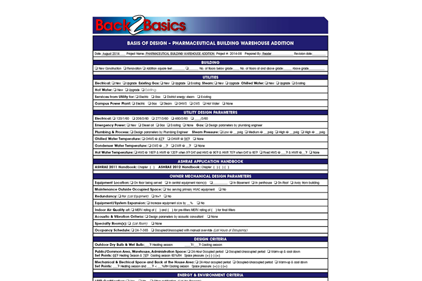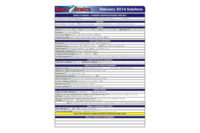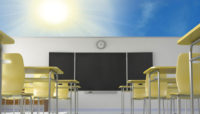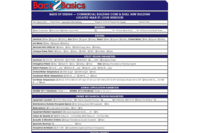At some point in time, most pharmaceutical firms are committed to growth and make the business decision to build, renovate, or expand their facility. When ready, a Building Program (BP) will be the cornerstone for investing in an HVAC design and eventual construction of HVAC systems to meet the Building Program requirements.
For the HVAC engineer, she will take the program information and craft a Basis of Design (BofD) using the suggested BofD templateof this B2B here. For this month’s test, we will document the BP for a pharmaceutical building addition to be used for additional warehouse capacity. On the BofD template in this B2B, the reader shall complete the BofD by filling in the pertinent data drawing upon the BP information provided and from pertinent reference documents such as local weather data design criteria. The answers to the BofD can be found here.
The building addition is to be a 40,000-sq-ft, two-story structure with a 20,000-sq-ft basement where mechanical, electrical, and process infrastructure will be located out of the occupied space above for maintenance. The project is located in Cambridge, MA. The existing utilities are capable to handle the increased load based on past BP planning for the future. A new HVAC system shall be provided based on referencing the ASHRAE Handbooks and the ISPE Guidelines (www.ispe.org) associated with design, construction, operation, maintenance, and commissioning.
Existing utilities include electrical, city water, gas, process systems, chilled water, and heating water to be extended from capped connections as needed. The HVAC electrical requirements shall be 120/1/60 for motors less than .5 hp and 480/3/60 for motors .5 hp and larger. The heating shall come from 3 existing boiler modules to serve a new 3,200-MBH hot water building addition load to the individual room fan coil units, perimeter heat, and VAV terminals. Four central AHUs will have enthalpy airside economizer, MERV 8 pre-filters, and MERV 15 final filters, chilled water coil, and VFD fans to provide supply air variable air volume to the building occupied spaces. There is no requirement for standby capacity and no system/equipment spare capacity for BP growth.
The HVAC design of this building renovation shall be based on state and local codes as well as the ASHRAE 2011 Application Handbook (chapter 18, Clean Space), and more importantly, the ISPE Guidelines required by this specific Cambridge pharmaceutical company for basis of design requirements.
When beginning to shape the BofD, the engineer should take into account the ASHRAE-recommended HVAC system analysis and selection process found in chapter 1 of its 2012 Systems and Equipment Handbook and continue on with the BofD data collection by reviewing chapter 4, Air Handling and Distribution, and chapter 5, In-Room Terminal Systems, to determine the optimum HVAC systems for this BP.
The design engineer, in conjunction with the building owner’s planning and construction group, the facility engineer, and the architect, has finalized the HVAC system to include a closed-loop hot water heating system along with a closed-loop chilled water cooling system from the existing primary heating and cooling equipment after having a third-party air and water balancer take existing GPM and pressure readings throughout the two-pipe distribution systems.
The HVAC system will be designed to operate 24/7/365. Hot water heating system shall be an outdoor temperature compensated system (160ºF HWS & 120ºF HWR at 9ºF outdoors and 90ºF HWS & 70ºF HWR when greater than 60ºF outdoors). Chilled water system shall be 42ºF CHWS & 56ºF CHWR when outdoor temperature is greater than 55ºF outdoors. The 24-hr occupied space shall be maintained at 68ºF with no humidity control in the heating season and 78ºF and a not-to-exceed 60% relative humidity during the air-conditioning season. Equipment room and back-of-the-room support areas will be maintained at 68ºF with no humidity control in the heating season and 78ºF and a not-to-exceed 65% relative humidity during the air-conditioning season, while these support areas will be maintained at 0.005 negative pressure.
There will be no specialized energy and/or environmental program criteria, and the owner has not requested any other special conditions as part of the BP. The reader is directed to “The Facility Files” for the Owner’s Building Program Annual Operating Budget and Operating Program.
As the design phase for this BP goes forward, the BofD should be routinely referenced and updated based on changes in the BP, as well as to reflect changes and/or enhancements to the HVAC design.








